Buying Guide Volvo 164 - 1969-1976
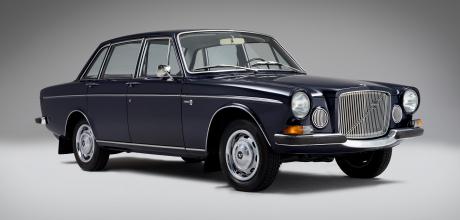
Taking on the Germans and British with a straight-six and a stately grille
After the Second World War, most survivors had to pick up the pieces, rebuild and slowly pull themselves out of poverty. This meant transport had to be highly affordable, leading to smaller cars with smaller, four-cylinder engines. After some years, the straight-sixes began to reappear as luxurious alternatives to small inline-fours.
PACKAGING
The 164 looks much larger than the 144, but is just 76 mm longer, mainly in the wheelbase. This impression is possibly owing to the large, square grille and quad headlamps. These impart a distinct Jaguar- or Rover-esque appearance that does wonders for the impression of luxury. A conventional four-door, three-box design provides the basis for a family sedan with a large boot of 680 litres.
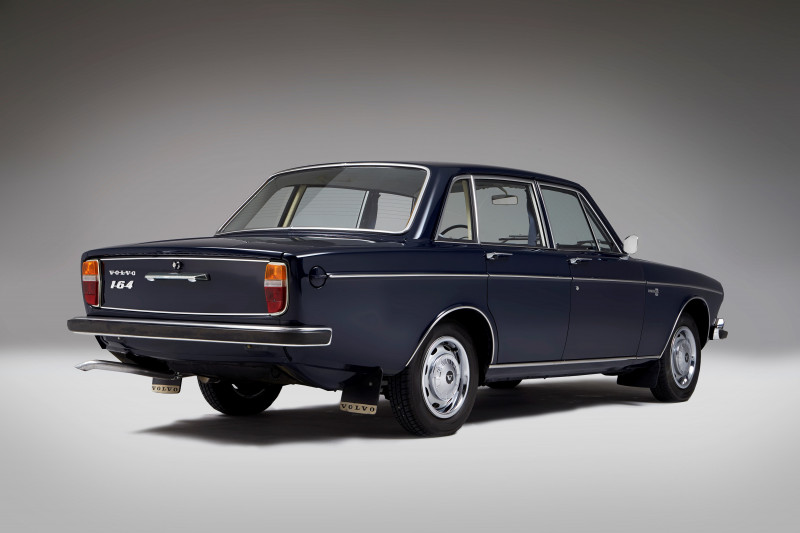
Safety has always been a Volvo priority, but this was still an era before airbags, ABS or even rear seat belts. The 164’s instrumentation was lifted from the 144 and used a rather inaccurate ribbon speedometer. This was soon changed to more conventional sweep needles in squared-off dials. This switch from circular to rectangular and back was seen in a number of marques, from Valiants and Rovers to Alfas.
POWERTRAIN
To complement the upmarket styling, Volvo had to develop an engine to match, so a new six-cylinder of 3,0-litre capacity, code named the B30A, was used together with an over-square pushrod set-up featuring a bore/ stroke of 88,9 to 80 mm. Dual Stromberg carburettors fed the cylinders with a compression ratio of 9,3:1. Power output was 108 kW. They were initially fitted with a four-speed manual transmission, after which automatic options arrived. The automatics used the famous Borg Warner unit, still offering only three forward speeds. This resulted in smoother operation than the manual. Fuel injection was offered from 1973, simply adding an “E” to the typically minimalist Swedish name of “164”. The compression ratio was increased to 10:1 and power increased to 131 kW (SAE).
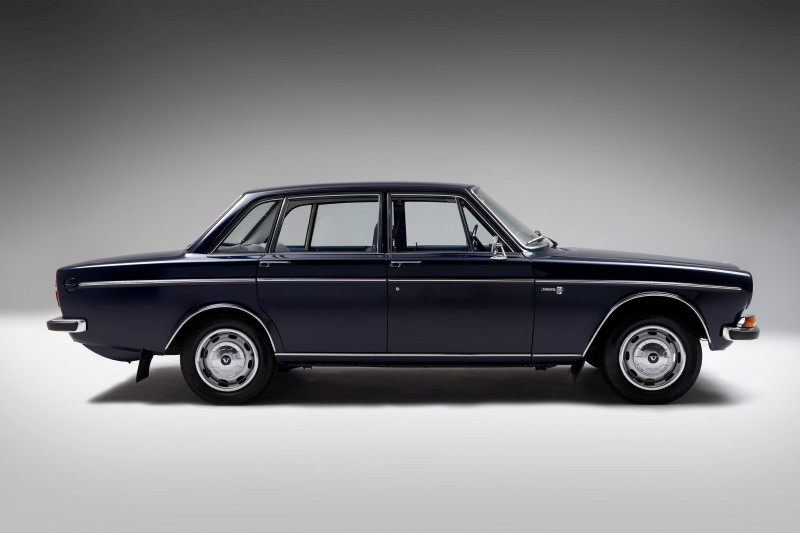
SUSPENSION AND STEERING
Coils all round with a front anti-roll bar and a live axle at the rear provided a firm ride. Steering was a bit vague owing to the use of a worm-and-sector set-up, and the car does exhibit some understeer because of the added engine mass upfront.
INSTRUMENTATION TRENDS
The 164 we tested in April 1970 was the first South African-built car to feature standard metric instrumentation. The imperial system was on its way out at the time.
An interior update in 1973 meant circular dials replaced the old ribbon instruments, as mentioned. The change also saw a new steering wheel with a huge boss placed in front of the driver. This was ready to house the still-to-be-developed safety airbag. In this case, the boss was empty, but could be used to hide your valuables.
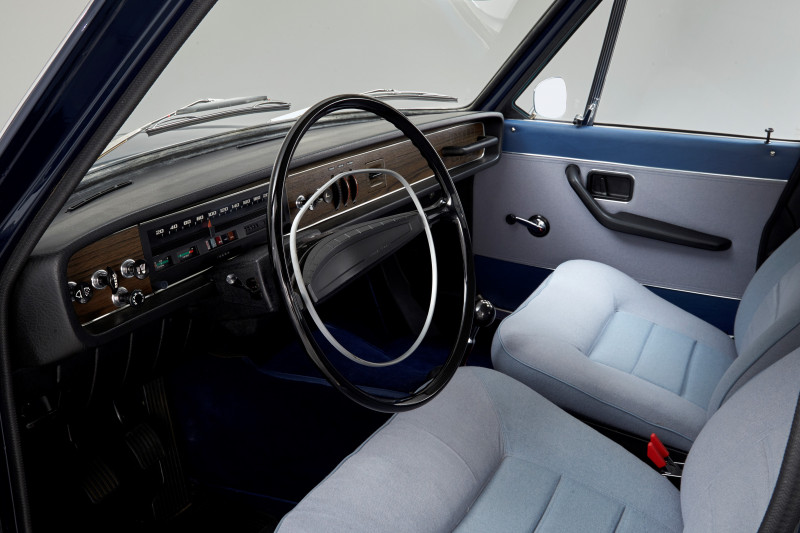
QUALITY AND LONGEVITY TRENDS
A paragraph in our vintage road test stated that Volvo was proud to explain that these cars were designed to last a good 14 years. The company believed this was longer than other cars. Today, we expect cars to last much longer than in the previous century. On the other hand, the complexity and expense of modern electronics mean many cars over 10 years of age will be scrapped prematurely because of the increased costs of repairs and replacements.
AVAILABILITY AND PRICES
Around 4 000 of the earlier cars were sold, followed by 1 100 fuel-injected units, but few are available at any given moment to purchase, far fewer than the 144 or 122. Prices will generally be below R50 000
- 01 Squared-off rear end hides a large boot.
- 02 Facia redesign spawned three versions. This shows the second.
- 03 The original layout with ribbon speedometer.
- 04 Sumptuous seating was a must in this segment.
- 05 The Classic straight-six fed by two Stromberg carburettors.

INTERESTING FACTS
The six-cylinder was closely related to the 2,0-litre ‘four. The pistons were even interchangeable. Cast iron was still used for the cylinder head while many European designs had already switched to aluminium and some overhead camshaft arrangements. The D-Jetronic injection was the first in a long line of successful systems by Bosch, which took over the concept from the Bendix company. It used two injection pulses per cycle, but with analogue and not microprocessor operation. It had drawbacks and was soon replaced by the mechanical K-Jetronic system using a continuous fuel supply, and then the electronically pulsed L-Jetronic. Many more marques followed this path of fuel-injection improvements.
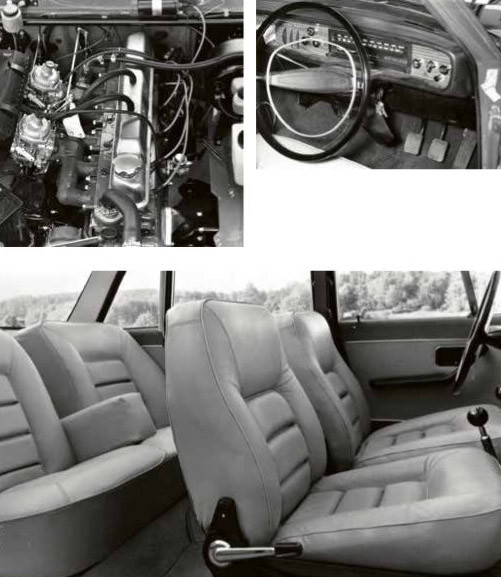
SPOTTED IN THE CLASSIFIEDS
Volvo 164 1973, green, for restoration, R6 000
Volvo 164 1971 AT, light green, good condition, sold by Classic Car Africa
TECHNICAL DATA
- Model: Volvo 164
- Acceleration 0-62mph 0–100 km/h: 10,5 seconds
- Top speed: 170 km/h
- Fuel index: 15,8 L/100 km
- Price: R5 495
- CAR test: April 1970 (two others from 1973 to 1975)

